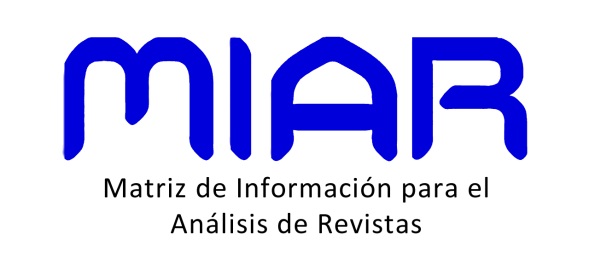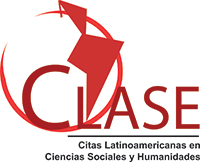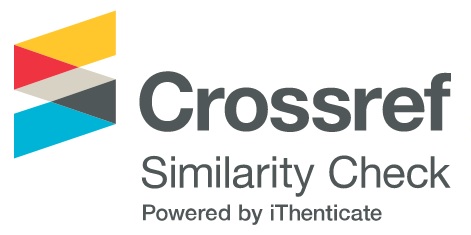El comportamiento del balance comercial y del tipo real de cambio post planes de estabilización permanentes
Abstract
When small open inflationary economies are subject to stabilization programs, economic analysts tend to use the following rule of thumb to judge its nature: "if the trade balance deteriorates and the real exchange rate appreciates right alter the plan is implemented then there are reasons to suspect that the plan might not be consistent with low levels of inflation in the long run". This paper analyses a class of liquidity-in-advance model economies to show that there are several features, especially the technology available to generate liquidity (which is a key element when modeling highly inflationary economies) that can make these two variables misleading indicators of the transitory or permanent nature of a stabilization program.
Downloads
Metrics
Downloads
Published
How to Cite
Issue
Section
License
The material published in the journal is distributed under a Creative Commons Attribution-NonCommercial-NoDerivatives 4.0 International (CC BY-NC-ND 4.0) license. This license requires proper credit to be given, a link to the license to be provided, and changes to be indicated. It does not permit commercial use of the work, and if the work is remixed, transformed, or otherwise modified, distribution of such modification is not allowed.





























